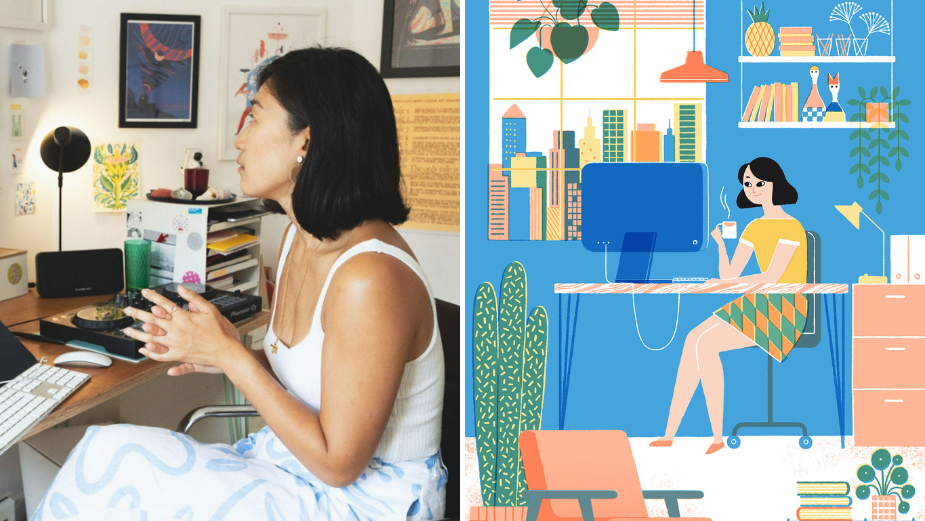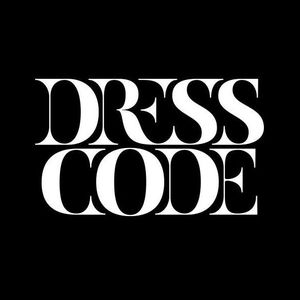
Animate! Qian Shi on Her Cultural Influences and the Beautiful Styles of Animation

Qian Shi is an animation director, author and illustrator based in London, UK. Originally from China, Qian has lived in Europe for her most formative years. After taking her degrees in BA Animation at Hogskulen i Volda, Norway, and MA Communication Design at Centre Saint Martins, London UK, she worked on Tim Burton’s film ‘Frankenweenie’. She is now repped by Dress Code in the USA and Canada.
LBB> How did you fall in love with animation?
Qian> I grew up in China in the '80s, a time when there was more cultural influence coming from Japan than the US As a teenager, I got into manga and anime. I doodled manga-style drawings and dreamed of writing my own comic book. I started my university days in Beijing studying animation and subsequently moved to Norway, Denmark, and eventually London, discovering a whole new world of animation along the way!
From experimental animation to artistic expression, from feature-length films to 30-second commercial shorts, I haven’t stopped marvelling at all the rich variety of formats, techniques, and storytelling animation can offer. I’m constantly inspired and love to create work informed by all the beautiful styles I’ve learned along the way.
LBB> Tell us about the animation project that kickstarted your career.
Qian> My first proper job after graduating was Tim Burton’s Frankenweenie - a stop-motion feature film. It was an exciting and invaluable experience working closely with people across all disciplines in stop-motion filmmaking. I got to see how the puppets were built, sets dressed, and stages lit. I was impressed by the lengths the animators went to bring magic to the characters, and the level of attention to detail across the entire production.

This experience gave me insight into how large-scale production works, and it also linked me with valuable industry connections. I then switched to the commercial side, a faster-paced world with vibrant creative energy and possibilities.
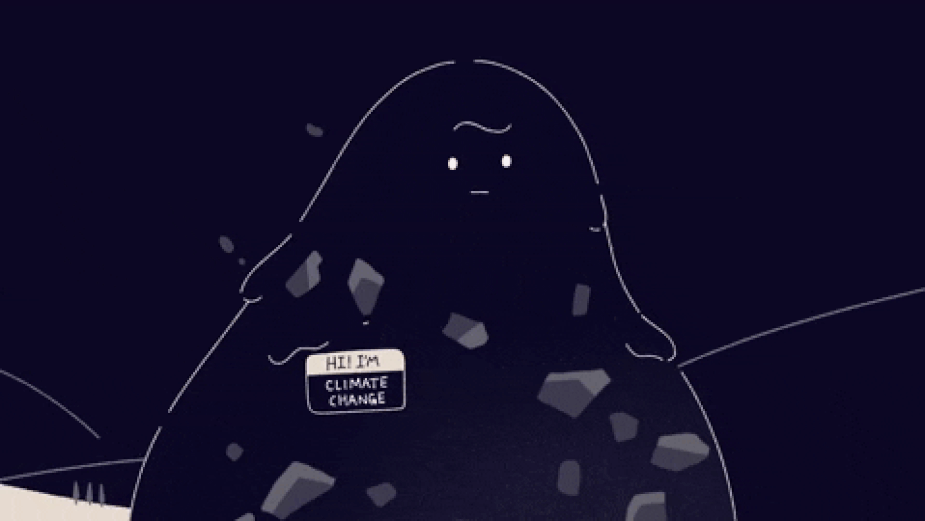
LBB> How would you describe your art style and what are your biggest inspirations that developed it?
Qian> My style is ever-evolving, but I always find myself drawn to vibrant colours and interesting patterns that exist everywhere in daily life and in nature. I try to distil my observations of real life into simple graphic forms and explore how to enhance the sense of beauty and playfulness with motion.
The inspiration that developed my style largely comes from artwork across cultures - it could be medieval European painting, folk art from Southeast Asia, or indigenous art from Latin America. Artists and illustrators such as Charlie Harper, Eyvind Earle, George Barbier, and Mary Blair influenced my work too. And, more often than not, my work has a touch of femininity in it.

LBB> What type of work are you most passionate about - is there a particular genre or subject matter or style you are most drawn to?
Qian> First of all, I believe in the power of storytelling, and in bringing a story to life in a way that creates a beautiful journey for viewers. By delivering a heartfelt message mixed with humour and hopefulness, we can connect with and inspire others.
Visually, I’m excited about colours, patterns, movement, and what’s in between when you combine all of these. Hence, I lean toward subjects like art and design, fashion, lifestyle, and travel, in which my visual style can be a great fit. Meanwhile, I’ve also been on the lookout for causes where I can make positive changes.
Love for color & patterns:
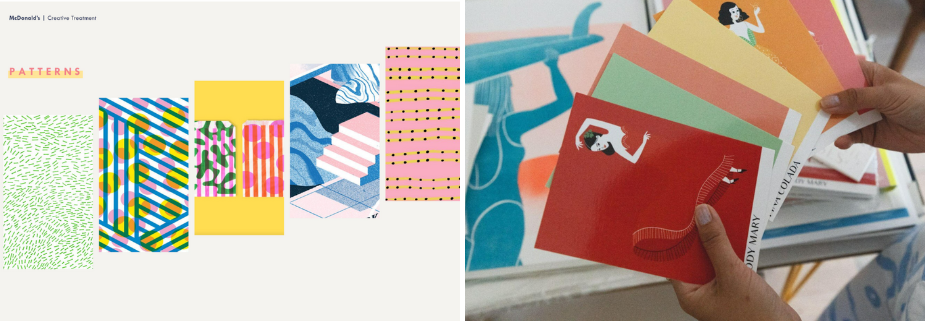
LBB> How do you approach creating a treatment for a spot? How does one figure out what kind of animation style or styles fits a particular story or project?
Qian> Creating a treatment is the most fun, creative, and exciting part of the process.
It’s all about storytelling: What do we want the viewer to see, feel, and be inspired by? Whenever I get a brief, I first digest it, grasping the mood and emotion in the story we are telling. Based on that, I work to find the most suitable visual style: minimum or complex detail, monochrome or colourful, organic forms or a clean-lined graphic style. At the same time, the type of story we tell will help determine the animation style: slow, quiet, fluid or rapid pacing; quick, broad action; or anywhere in between.
During this initial process, I gather a large amount of research materials to reference in order to understand the world where the story is set and to study how other artists interpret a similar subject. I look for art and design references from many different areas, whether that’s classical art, sculpture, architecture, or beyond. I find this approach often yields a fresh perspective. As I gather research, dots begin to connect and ideas take shape.
A treatment itself is a story in itself that I enjoy creating to showcase my understanding of the brief, my journey during my research phase, and my creative perspective on it all.
Style Frames:


LBB> What are your thoughts on opening up the production world to a more diverse pool of talent?
Qian> I firmly believe diversity is not just beneficial but essential for our industry!
By welcoming a more diverse range of talent, we tap into a wealth of perspectives, experiences, and authentic cultural representation. This can lead to fresh ideas and narratives that resonate with a broader audience, help tap into new markets, and increase its potential for commercial success. It encourages and inspires future generations from all cultural backgrounds to tap into their creativity and tell their stories.
My cultural heritage is Chinese combined with 20 years of experience living in European culture. I believe it is this unique combination that shaped my artistic expression. I’m very proud that as a female Asian animation director who is creatively active in the US and UK animation industry, I can inspire graduates and junior designers from Asian countries.
I hope the new generation will thrive within a diverse creative industry.
LBB> What do you think are the misconceptions about animation throughout the industry?
Qian> A common misconception the industry has about animation is that it’s a cartoony and childish art form, and therefore it cannot be taken seriously. In fact, animation is a versatile medium that caters to audiences of all ages across a range of complexity and artistic expression. Animation encompasses a broad range of styles and techniques, from 2D hand-drawn animation to 3D computer-generated imagery (CGI), stop-motion, claymation, motion graphics, and experimental forms. Each style offers its own unique possibilities for creative expression.
Another misconception is that animation is a solitary pursuit. The creation of animated films usually requires collaboration among various professionals. An animated production typically involves teams of concept artists, designers, animators, writers, directors, voice actors, sound designers, and many others working together to bring the project to life.
Another common misconception is that animation is just a bunch of drawings, so it shouldn’t cost a lot of money to make, nor a long time to produce. Many animation projects have a complex style both in terms of design and animation, and a whole team of talent across disciplines to ensure a project is produced correctly; therefore it’s truly crucial to understand all the care and effort that goes into a well-crafted animation film.
LBB> What’s your relationship with new technology and, if at all, how do you incorporate future-facing tech into your work?
Qian> I always like to keep an open mindset when it comes to advancements in the art form using technology. I believe future-facing tech brings new challenges, but more importantly new creative possibilities. Similar to how photography’s invention liberated painters from realistic painting, the era of modernism has begun to evolve.
Needless to say, there have been several debates about AI image-generating tools and for valid reasons. Personally, I’m viewing AI as a tool to aid creative expression, and the extent of its involvement in the creative process is a personal choice. I’m all for exploring how AI can assist in providing inspiration or speeding up parts of the more tedious work processes, all while maintaining a focus on the core vision and style.
LBB> Outside of the field of animation, what really inspires you?
Qian> One source of creative inspiration for me is music: it invites me to close my eyes and embark on my own personal journey, awakening emotions and imagination. I often take music as a reference point for the sense of movement, as well as a feeling that informs my choice of colour and texture.
Reading: I was not exposed to a vast choice of illustrated books when I was a child, however, my dad had a great collection of books. From a young age, I buried myself in all sorts of classical literature: Chinese, Western, fairy tales, fiction, and history. The pleasure of reading good fiction has stayed with me ever since.
Traveling: For me, traveling is always a source of inspiration for creativity. I believe that in order to create, first I need to absorb my environment like a sponge, venture into unfamiliar lands, and awaken my senses to new sights, sounds, smells, and tastes. Through traveling, I discover the richness and diversity of culture, feeding a sense of curiosity and wonder about the world, and in doing so, planting seeds, nurturing, and fuelling my imagination.
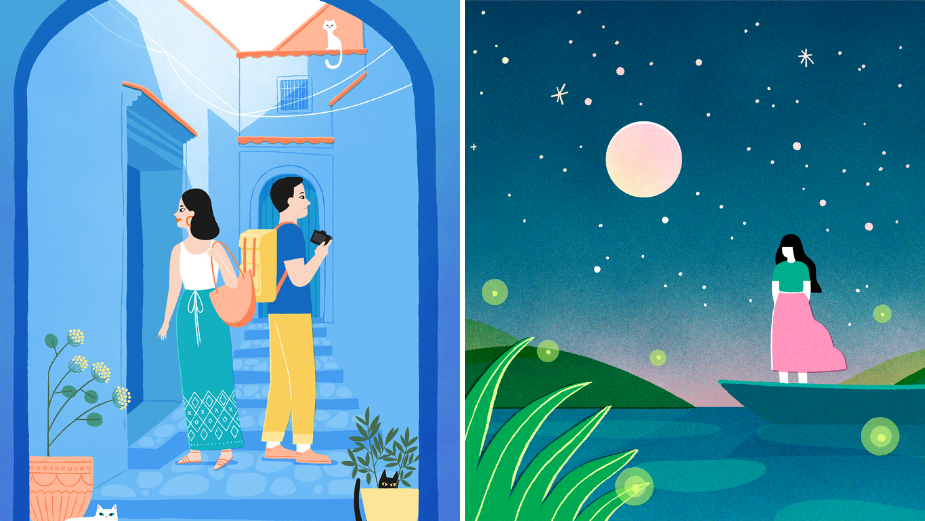
Qian Shi: Director. Designer & Inspiration Seeker
